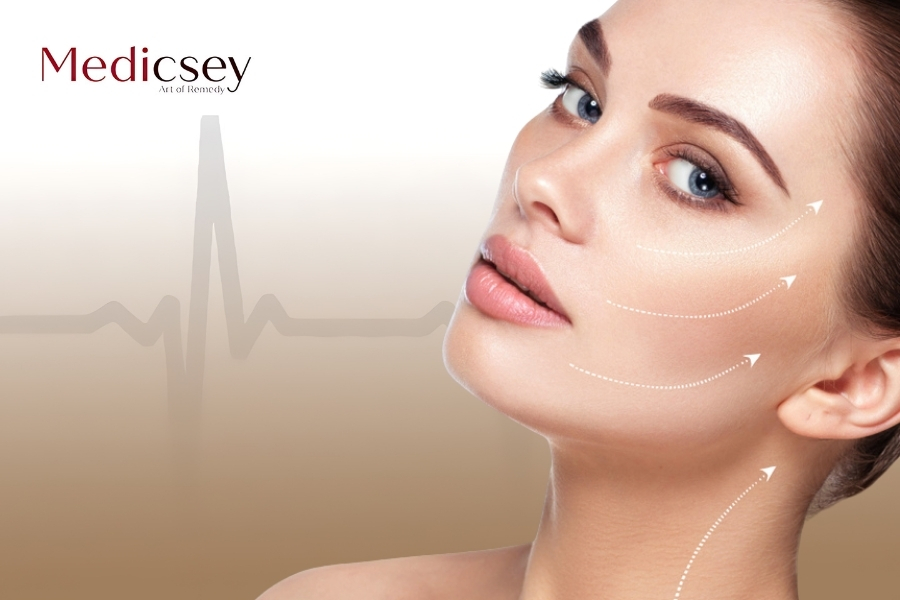Recently, cosmetic dentistry techniques have become very popular with many people of common classes and ages. These techniques have undergone significant development in terms of increasing the sophistication of the devices and the expertise of the medical staff in this field. Common types of dental crown have emerged as one of the most effective cosmetic solutions for a number of dental issues such as fractures, decay, discoloration, and others.
Table of Contents
What are common types of dental crown in Turkey?
It is also called dental crowning or dental capping. Moreover, it is a cosmetic and prosthetic technique that aims to compensate for the damage. Which occurs in some damaged teeth as a result of fracture, falling parts of the tooth, or decay. In order to restore and protect its natural function and keep what is left of it unaffected.
The common types of dental crown in Turkey
Stainless steel crown
These are prefabricated crown used in permanent teeth that protect the teeth as a temporary measure. For children, a stainless steel crown is usually used for temporary or baby teeth. The crown covers the entire tooth and prevents it from decay. Stainless steel crown are generally used for children because they do not require multiple visits to the dentist. Thus, they are affordable when compared to the cost of custom-made crown.
Metal crown
The metals used in metal crown include alloys with a high gold or platinum content. Metal crown are chew resistant, last longer, and are more resistant to breakage than other types of crown. The metallic color is the only disadvantage of metal crown, and metal crown are a good choice for molars.
Resin crown
is less expensive than other types of crown. However, it wears down over time and is more prone to breakage than metal ceramic crown.
Porcelain Crown
All porcelain crown offer natural colors and are suitable for people with metal allergies Both front and back teeth can benefit from the use of porcelain crown.
Porcelain and metal crown
Porcelain and metal crowntake the shape of natural teeth. However, the metal behind the porcelain crown can show where the gum line is. Porcelain crown can be used for back and front teeth, as well as long bridges where the metal is strong.
Read More Dental treatment in Turkey
Risks related to dental crown
Over time, some issues related to dental crown may arise, such as
- Tooth sensitivity: After having dental crown fitted, it is possible to experience tooth sensitivity. This is a pain in the teeth when you eat or drink cold or hot food or drink. It usually goes away within a few days, but if it doesn't, it's best to follow up with your dentist.
- Broken tooth crown: A dental crown can break as a result of pressure, constant wear and tear, or misuse.
- Loose crown: Sometimes, the cement (adhesive) underneath the crown can loosen. This allows bacteria to seep in and cause decay in the remaining teeth.
- Allergic reaction: An allergic reaction to the metal or porcelain in a dental crown may occur.
- A dark line appears on the crowned tooth next to the gum line: Sometimes a dark line may appear next to the gum line on the tooth that holds the crown. This is normal and often occurs if you have a porcelain crown that has been fused to metal.
Read More Zirconium Crowns in Turkey
Benefits of common types of dental crown in Turkey
installation of common types of dental crown in Turkey, have several benefits, including:
- Protecting weak teeth from breaking.
- Trying to preserve the weakened tooth in a complete form, in case parts of it are cracked.
- Restoration of a tooth that is severely broken due to pathological reasons, or some external factors.
- Covering and supporting the tooth.
- Fixing dental bridges in place.
- Covering deformed teeth.
- During the dental implant procedure.
- Covering the treated tooth in case of root canal treatment.
Steps for installing of common types of dental crown in Turkey
Getting the common types of dental crown in Turkey requires going through three main steps:
First Visit - Diagnosis and Radiology:
In the beginning, the dentist will take an X-ray or panoramic x-ray of the entire tooth before starting to make the crown in order to know the condition of the tooth and its root. To ensure its integrity and discover whether or not it needs a prior medical procedure or not.
This includes treating decay with temporary and permanent fillings and treating infections by prescribing antibiotics and anti-inflammatories. Then removing the layers of tartar accumulated on the surface of the tooth.
Second visit - taking dental measurements and dimensions:
After making sure that the first step is completed, the dentist takes the measurements and dimensions of the tooth using a type of hard mold. It contains a semi-fluid, flexible material that hardens later due to heat, which helps in creating a model that matches the dimensions of the tooth and its subtle cavities and size.
Third visit - installation of the crown:
In this step, the patient only needs to undergo minor local anesthesia so that the dentist can sculpt the original tooth from several sides. So it fits perfectly with the dimensions of the created crown. The new crown is then fixed using an adhesive, and this stage is usually done over a number of sessions. Not just one session.
At the end of the article, we hope that we have provided a clear idea of the common types of dental crown in Turkey, their installation, uses, and methods of care. So that you can be fully aware of the right type for your case. Contact Medicsey Center for a free consultation. The Medicsey Center in Istanbul is characterized by quality and high professionalism in the services provided, and highly experienced dentists.
Read More Porcelain Veneers in Turkey









.webp)


.webp)


.webp)